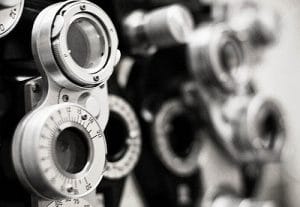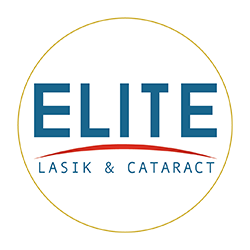 There are many kinds of vision problems that affect nearly 135 million people around the world. The most common problems are nearsightedness, farsightedness and astigmatism. Most of these issues are because of the way light enters the eye, whether that be from aging, the shape of the cornea, or the length of the eyeball.
There are many kinds of vision problems that affect nearly 135 million people around the world. The most common problems are nearsightedness, farsightedness and astigmatism. Most of these issues are because of the way light enters the eye, whether that be from aging, the shape of the cornea, or the length of the eyeball.
These problems can be bothersome and annoying, but there are ways to correct them without glasses and contacts.
Nearsightedness
Nearsightedness (also called myopia) is when a person can see things up close, but things that are far away are blurry. This is because the light focuses in front of the retina instead of on the retina. For some patients, this can actually be fixed with LASIK. With LASIK, the corneal surface is flattened with a laser, and that alters the path of the light rays onto the retina.
Farsightedness
Farsightedness (also called hyperopia) is when a person can see things well at a distance, but up close things appear blurry. This is because the eye is too short for the shape of their cornea, making the light fall behind the retina instead of on it. Some people who are farsighted may not notice it when they are young, because their eyes are able to overcompensate for the vision problem. Others may have difficulty seeing objects at any distance, near or far. Like nearsightedness, this can also be corrected by LASIK. The laser will steepen the surface of the cornea, making light fall on the retina instead of behind it.
Astigmatism
When a person has astigmatism, their cornea is shaped more like a football instead of a basketball. This can cause problems with both near and far vision. With advancements in technology over the years, LASIK procedure can fix astigmatism. During the LASIK procedure, the corneal surface is reshaped to become more spherical.
Presbyopia
As we age, our ability to see up close becomes more difficult. This condition is called presbyopia, and it is very common in people age 40 and over. As we get older, the lenses in our eyes can no longer change shape enough to focus up close. Here at 20/20 Institute, we are one of two clinics in the state that offer the KAMRA Inlay procedure that drastically decreases the need for reading glasses as a person ages. The very small device is placed in the non-dominant eye allowing the patient to see up close with one eye while keeping their distance vision in both eyes.
Even though there are a lot of common vision problems affecting millions of people, you don’t have to live with it. If you’re ready to ditch those glasses and contacts and start your journey to visual freedom, contact us to schedule your free consultation today.
